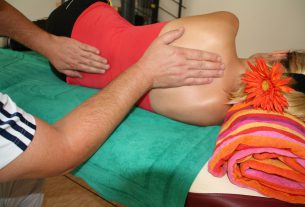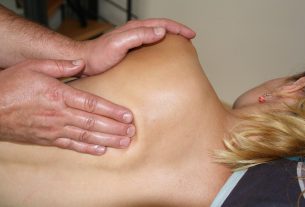Carpal tunnel is the term for a vessel found in the hand, which contains many other important nerves. Carpal tunnel syndrome happens when there is pressure or inflammation in the nerves within the carpal tunnel.
The initial treatment for carpal tunnel syndrome is non-surgical. However, if symptoms do not improve or the condition persists for more than six months, your doctor will most likely recommend surgery, also known as carpal tunnel release, to ease the pressure on the carpal tunnel.
What happens in a carpal tunnel release?
Carpal tunnel release is a surgical procedure, which involves cutting the surrounding tissues on the wrist to lessen the pressure on the affected nerve. The traditional method of surgery is open release surgery, wherein the doctor widens the carpal tunnel by cutting the ligament through an incision made on the wrist about two inches in size.
Another type of carpal tunnel release surgery is endoscopic surgery, which often requires two incisions, each half an inch in size, one on the wrist and another on the palm. Some doctors may make only one incision on the wrist. Next, the doctor inserts a tube with a camera through one of the incisions and by observing the onscreen view of the affected area, the doctor efficiently proceeds with cutting the carpal ligament. Endoscopic surgery provides quicker recovery, minimal post-surgery discomfort, and less scarring than open release surgery.
Patients may have carpal tunnel release done on one or both hands. Patients are usually under local anesthesia during the surgery but some cases may require general anesthesia. Carpal tunnel release is an outpatient procedure so patients do not have to stay in the hospital overnight.
After surgery, your focus will naturally be a speedy recovery. It is important to note that complete recovery may take several months. Patients should go through carpal tunnel release physical therapy to strengthen the wrist. If it is not necessary for you to change your job, your therapist may ask you to change some work habits or adjust some activities that may affect your recovery.
Doctors usually recommend carpal tunnel release physical therapy when patients are undergoing surgery on both hands. In this case, the patient undergoes carpal tunnel release physical therapy in between surgeries to advance the recovery process. When recommending carpal tunnel release physical therapy, doctors look at the extent of the surgery and the condition of the operated area. While carpal tunnel release physical therapy is not compulsory, it will certainly contribute to a faster recovery.





